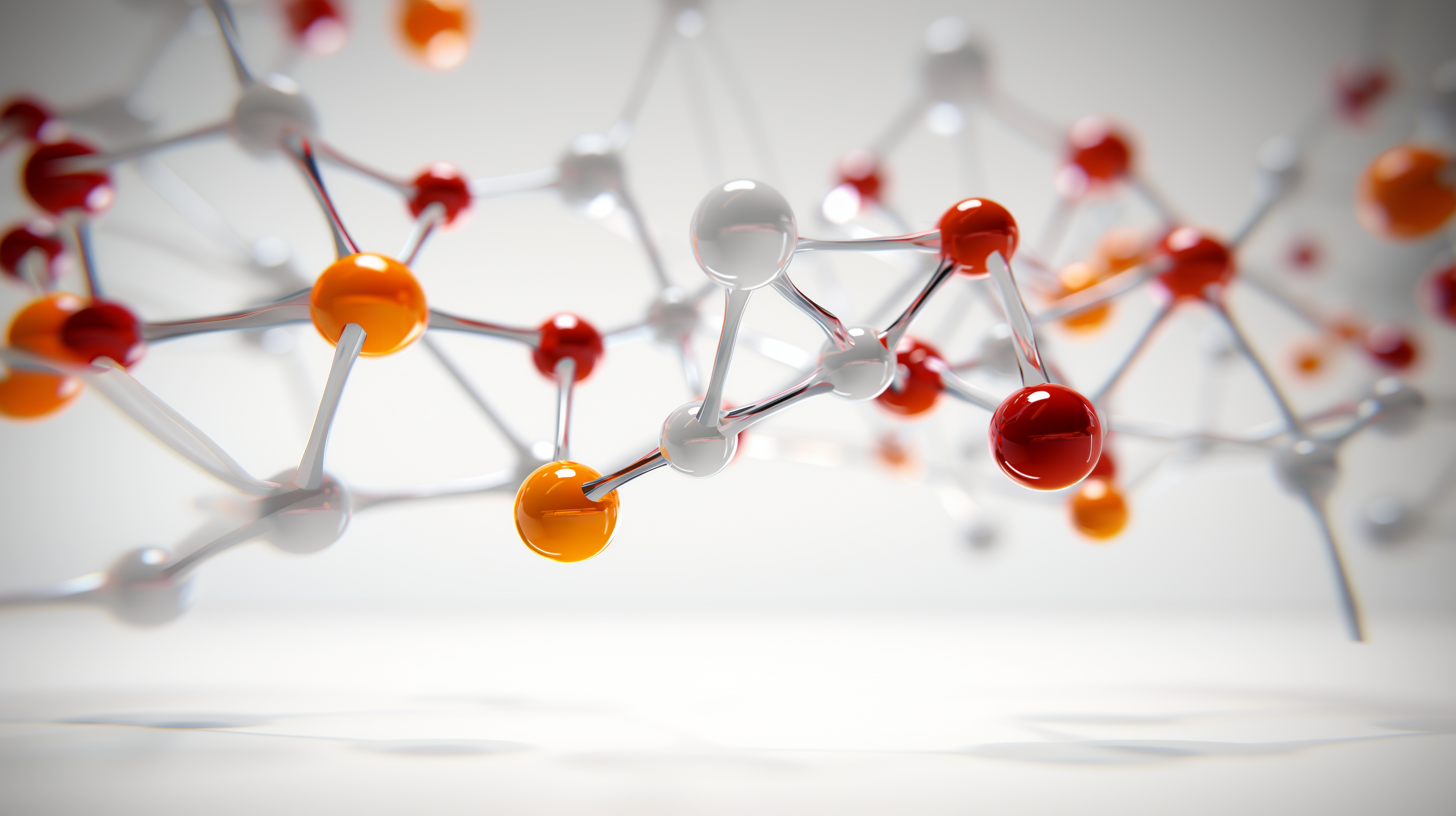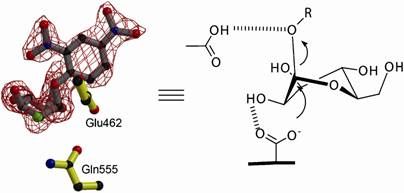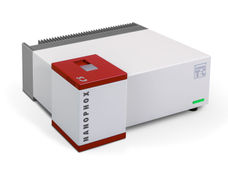Platinum nanocatalyst could aid drugmakers
Rice chemists design polymer-coated nanorods for industrial use
nanoparticles combining platinum and gold act as superefficient catalysts, but chemists have struggled to create them in an industrially useful form. rice University chemists have answered the call with a polymer-coated version of gold-platinum nanorods, the first catalysts of their kind that can be used in the organic solvents favored by chemical and drug manufacturers. The research is available in Angewandte Chemie International Edition.
"There are some industrial reactions where drugmakers have no choice but to use platinum and palladium catalysts, but the majority of these are homogenous, which means they mix readily with reactants and are very difficult to remove," said lead researcher Eugene Zubarev, associate professor in chemistry at Rice. "Because these heavy metals are toxic, they must be completely removed from the drug after its synthesis is completed. However, the removal of homogeneous catalysts is very time-consuming and expensive, which creates a big problem for pharmaceutical companies."
Zubarev and Rice graduate student Bishnu Khanal, who will soon start his postdoctoral research at Los Alamos National Laboratory, set out to make a heterogeneous platinum catalyst that was soluble enough for industrial use, but that could also be easily removed.
Previous studies had shown that combining platinum with gold in tiny nanoparticles could enhance the platinum's catalytic effect, so Zubarev and Khanal started with tiny rods of pure gold and coated them with a layer of platinum so thin that it left the gold exposed in some places. After confirming the structure of the gold-platinum nanorods, Zubarev and Khanal had to find a way to make them soluble in organic solvents that are favored by industry. Building on Zubarev's previous work in making soluble gold nanorods, the pair found a way to attach hair-like molecules of polystyrene to the surface of the gold-platinum rods.
Zubarev and Khanal found the coated particles were easy to remove from solution with a conventional centrifuge. In addition, the polystyrene shells made them completely soluble in organic solvents and dramatically enhanced their catalytic selectivity.
"The selectivity of the coated gold and platinum nanorods will be very attractive to industry," Zubarev said. "For example, we found they had nearly 100 percent catalytic selectivity for the hydrogenation of terminal olefins."
Zubarev's group is using similar methods to produce gold-palladium catalysts in a follow-up study. Palladium is another high-demand catalyst. "The early indications are very promising," he said.
Other news from the department science
These products might interest you
Most read news
More news from our other portals
See the theme worlds for related content
Topic world Synthesis
Chemical synthesis is at the heart of modern chemistry and enables the targeted production of molecules with specific properties. By combining starting materials in defined reaction conditions, chemists can create a wide range of compounds, from simple molecules to complex active ingredients.

Topic world Synthesis
Chemical synthesis is at the heart of modern chemistry and enables the targeted production of molecules with specific properties. By combining starting materials in defined reaction conditions, chemists can create a wide range of compounds, from simple molecules to complex active ingredients.






























































